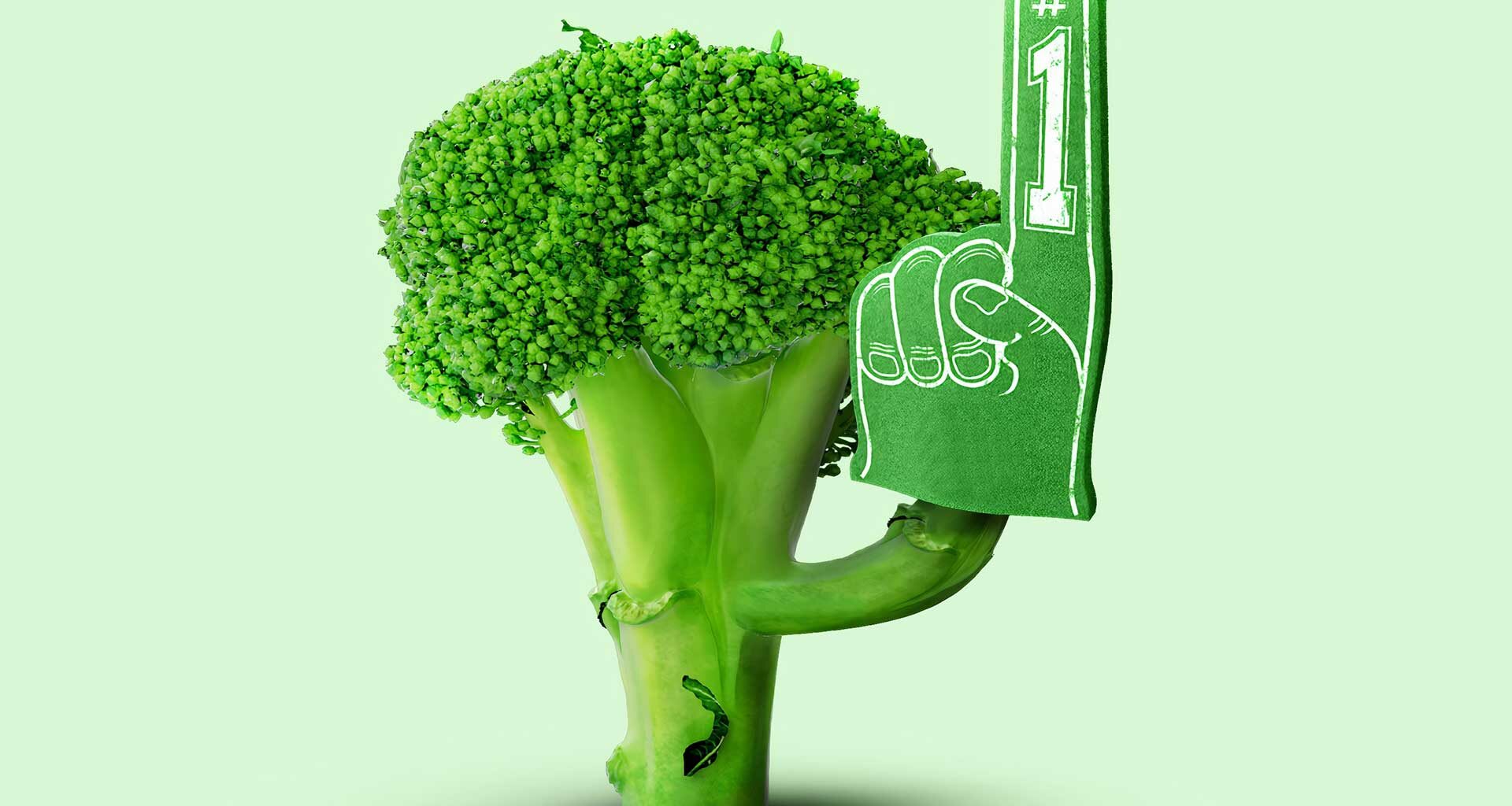Not to get sentimental about things, but when it comes to the marriage of psychology and economics, loss aversion is perhaps their favorite offspring. The concept is simple, but powerful: We hate losing more than we enjoy winning. The pain of a $20 parking ticket is far greater than the joy of finding a $20 bill. This seemingly irrational human characteristic helps explain a lot of odd choices people make. The notion that “losses loom larger than gains” is so readily accepted by most (we’ll get to this) that it’s made its way into pop culture, included in a scene in the hit movie Crazy Rich Asians.
By Bob Sullivan
Loss aversion is at the core of many financial missteps, like sunk cost fallacy (“I can’t sell that stock now, it’s already gone down too much”). It can also be blamed for that most sentimental of cognitive biases, the endowment effect — people value things they have more than things they are trying to buy. That’s one reason the housing market sometimes seizes up: When you’ve lovingly cared for a place for 20 years, you think it’s worth more than the market does. In fact, if you were honest, you wouldn’t buy your house for the price you are holding out for. In econ lingo, your “willingness to accept” an amount to sell is greater than your “willingness to pay” for that same thing.
Loss aversion is also used to help explain the status quo bias, which we’ve explored before – people stay at jobs they dislike or in relationships that aren’t working in part because the pain of loss is so deeply felt, much more so than the opportunity for gain.
Loss aversion was first labeled by Daniel Kahneman and Amos Tversky in 1979. Its basic premise has been repeated in hundreds of experiments. Kahneman says he’ll often explain it by offering classes or groups a coin flip bet. Tails means the player loses $10, he’ll say, and then ask how much heads have to be worth for people in the room to accept the gamble. Consistently, the average hovers around $20. In other words, losses hurt about twice as much as wins thrill.
The basic premise has been repeated in hundreds of experiments.
A tasty version of this experiment was explored in the academic paper “A tale of two pizzas” by Iowa professor Irwin P. Levin (and others). Researchers gave one set of subjects plain pizzas with the option to add ingredients for a cost, and another group loaded pizzas with the chance to remove ingredients for a savings. Consistently, the second group ended up spending a lot more on a lot more toppings. The authors attributed the extra calories, in part, to loss aversion. It is hard to say no to pepperoni.
That’s one reason loss aversion has become a go-to trick for marketers. Create a feeling that consumers might lose out on something, and sales will increase, the thinking goes. So phrases like “limited-time offer” are a marketing staple. Amazon uses this trick all the time on product pages: “Only 6 left in stock – order soon” creates the impression of urgency and potential loss. So do countdown clocks on websites.
Create a feeling that consumers might lose out on something, and sales will increase, the thinking goes.
Consumers are also more sensitive to price increases than price decreases – that’s demonstrated by the slate of news stories every time gasoline prices spike, and the lack of stories when they drop later. A more scientific study by Daniel Putler at Purdue University found a that 10 percent increase in the price of eggs in the early 1980s led to a 7.8 percent decrease in demand, while a 10 percent decrease in the price led to a 3.3 percent increase in demand. That 2.5 ratio of difference in price responsiveness sounds an awful lot like Kahneman’s $20 heads to $10 tails game.
Loss aversion also plays out in plenty of ways in the stock market. Something called the disposition effect, which sees investors sell high-performing stocks while holding on to low-performers, has been blamed on loss aversion. So is the aforementioned sunk cost fallacy. (“Well, I bought it at $50. It’s at $30 now. I can’t sell until it at least goes back to $50.”)
Loss aversion doesn’t explain everything, of course. In a paper called The Boundaries of Loss Aversion, Kahneman and co-author Nathan Novemsky explain that loss aversion only has influence when people really have something to lose. When Kahneman speaks to rich people, he sometimes changes the stakes of the coin-flip game to $10,000 and $20,000.
Loss aversion only has influence when people really have something to lose.
Once a rebellious theory that flew in the face of classical economics, loss aversion has become so mainstream that it is now facing its own rebellion. David Gal, a professor of marketing at the University of Illinois at Chicago, and Derek Rucker, at Northwestern’s Kellogg School, recently challenged the premise of loss aversion in a paper, “The Loss of Loss Aversion: Will It Loom Larger Than Its Gain?” Gal argues that many results attributed to loss aversion can be explained by other theories.
“Loss aversion is essentially a fallacy,” he wrote in Scientific American, explaining his attack on the concept, published at about the same time loss aversion was mentioned as part of the reason Richard Thaler was awarded the 2017 Nobel Prize in Economics. “To be sure it is true that big financial losses can be more impactful than big financial gains, but this is not a cognitive bias that requires a loss aversion explanation, but perfectly rational behavior. If losing $10,000 means giving up the roof over your head whereas gaining $10,000 means going on an extra vacation, it is perfectly rational to be more concerned with the loss than the gain.”
It was a shot across the bow, and Bloomberg called it a challenge to the biggest idea in behavioral finance.”
Loss aversion has become so mainstream that it is now facing its own rebellion.
Many academics responded by saying Gal was ignoring decades of experimentation. Thaler responded by saying Gal was making only a “minor point about terminology … nothing of substance.”
And you thought academic discussions were boring. (Editor’s note: This tweet is the chef’s kiss of academic pettiness … or so I’ve been told).
Clearly, loss aversion doesn’t explain every irrational economic act. If it did, casinos would quickly go out of business. Instead, they are full of people who don’t seem to be afraid of losing everything. Are they really there because they don’t understand the odds, or they are trying to compensate for some earlier loss, or they are just thrill seekers? Whatever an individual gambler’s motivation, that doesn’t seem to eliminate the notion of loss aversion.
More important, it seems we are stuck with the idea that people are often victims of their own sentimentality.
So how can you fight the urge to choose badly because of your natural fear of losing? Reframing your decisions can help.
- If you are on the fence about throwing out old clothes in the closet or gadgets in the garage, ask yourself if you would go out and buy those things right now. If not, a trip to Goodwill might be in order.
- If you are selling something at a certain price, ask yourself if you would pay that. If not, you might be overcharging.
- And if there’s anything in your portfolio that you wouldn’t buy at today’s price, you shouldn’t own it. (On the other hand, if you are so sure the price will go up, you shouldn’t just stand pat – you should buy more!)
However you may ending up using it, just being aware that loss aversion may be an influence on decision-making can be a powerful first step toward making better choices. For example, think of all the people you know who’ll lose out if you don’t share this article with them. Help them overcome that loss right now.
This article originally appeared in PeopleScience. Photo by Morning Brew on Unsplash.












